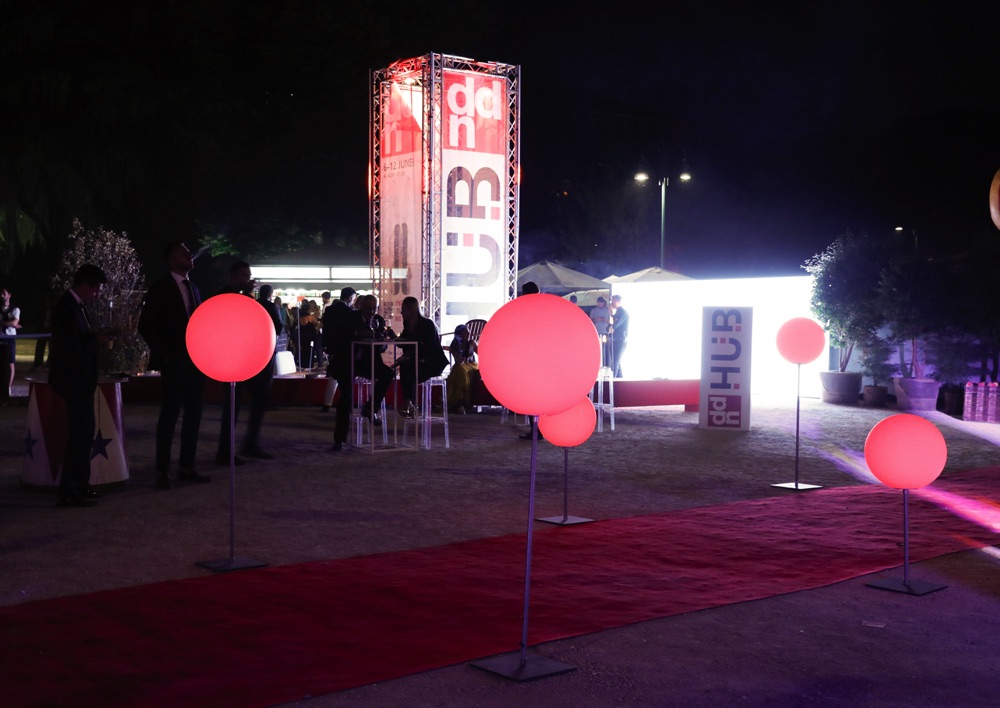At Supersalone 2021 a tribute to the chair, the most iconic object of design, where Made in Italy plays an important role
The exhibition Take Your Seat/Prendi posizione – Solitude and Conviviality of the Chair/Solitudine e convivialità della sedia, curated by Nina Bassoli, in collaboration with ADI – Compasso d’Oro, celebrates the chair as an iconic object which synthesizes more than other products the value of a good project.
Divided into four thematic sections, with an “extra” section at the ADI Design Museum, at Via Ceresio 7, the exhibition illustrates how design conveyed languages and contents through significant societal changes. The various products also show how design responded to cultural changes, with new inventions. The purpose of the exhibition, curated by Alessandro Colombo and Perla Gianni, is to communicate the historical context in which the various products were born. From the 1950s to 1968, up to the present day, each period had to face different challenges. More than 130 chairs, which received Awards or special mentions at the Compasso d’Oro, represent the state of the industry and the design project in the historical period in which they came onto the market.
The chairs awarded in the first two editions of the Compasso d’Oro
Among the first chairs, in chronological order, the Model 683, designed by Carlo De Carli, architect and researcher, from 1965 to 1968 Dean of the Faculty of Architecture at the Politecnico di Milano, where he taught until 1986. Awarded the Compasso d’Oro in 1954, the year of the first edition, the chair produced by the Figli A. Cassina firm, was made using modern techniques (molded solid wood and molded plywood). In addition, the basic shape and its structure composition made it a “typical model.”
Discover everything on Supersalone 2021
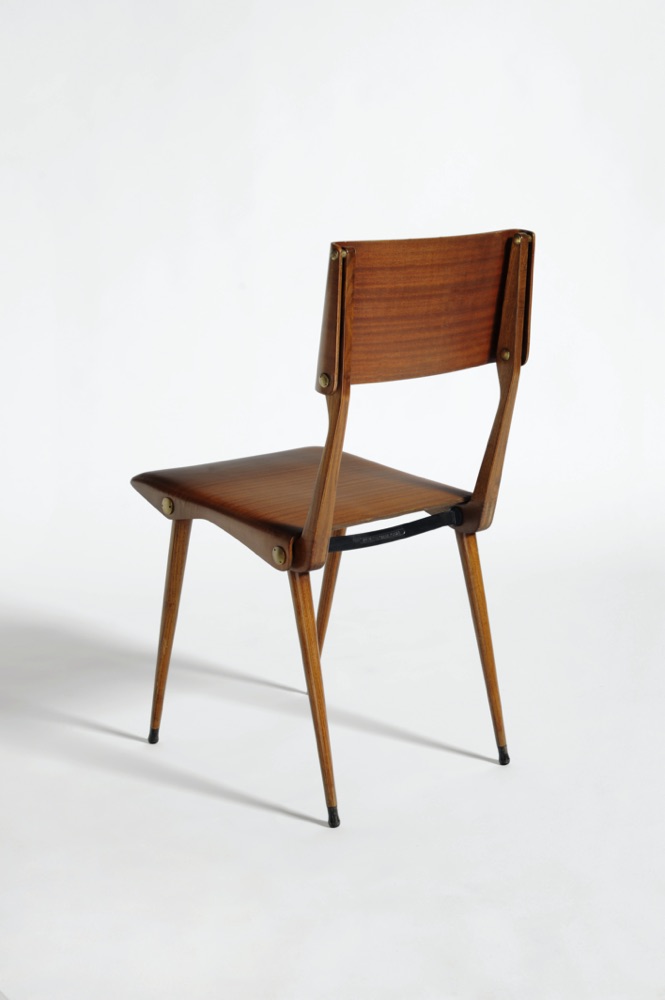
The Luisa chair, designed by Franco Albini and produced by the Poggi joinery, was awarded the Compasso d’Oro in 1955. One of the most famous chairs made in Italy in the 1950s, Luisa is now exhibited both at the Triennale Design Museum in Milan and the permanent collection of MoMA, in New York. The jury of the Compasso d’Oro award honored both the overall design of the chair and the way it approached production technique.
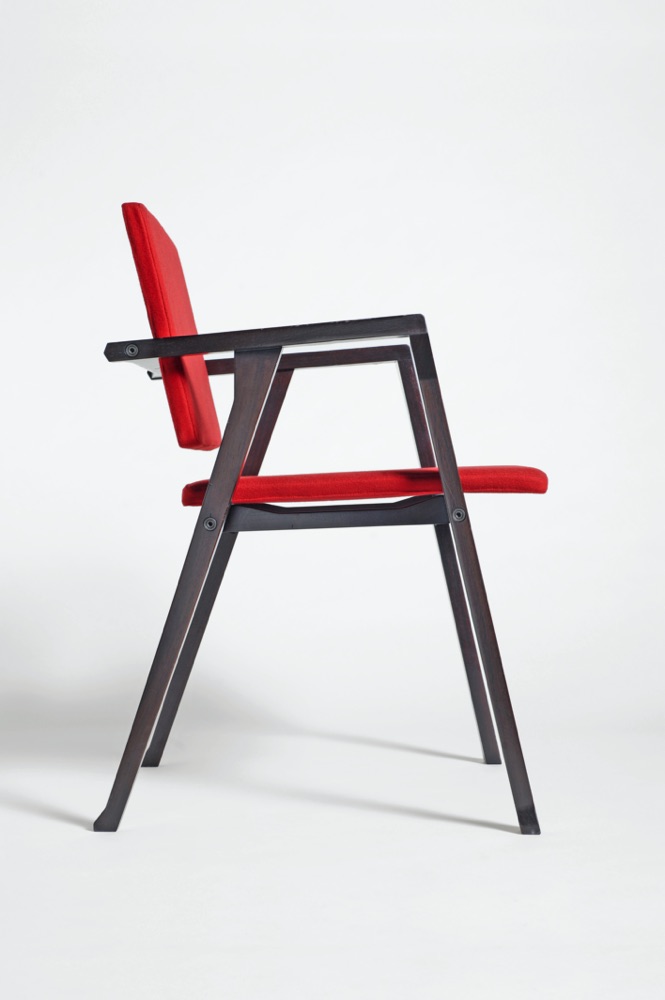
Superleggera, by Gio Ponti and Cassina, one of the first sustainable chairs
Not awarded the Compasso d’Oro, but named as an Honorable Mention, the Superleggera chair, by Gio Ponti for Cassina, can be considered one of the first examples of a sustainable chair. The development of the product took about ten years – from 1949 to 1957 – years in which Gio Ponti fine-tuned the structure, featuring a triangular leg section. The chair’s design made it possible to use as little material as possible, to create a lightweight chair to be held with a single finger. The use of very little material and the minimal weight are principles of sustainability, which are added to the chair’s use of wood and straw. Its success is witnessed by the fact that it is still in production after 65 years.
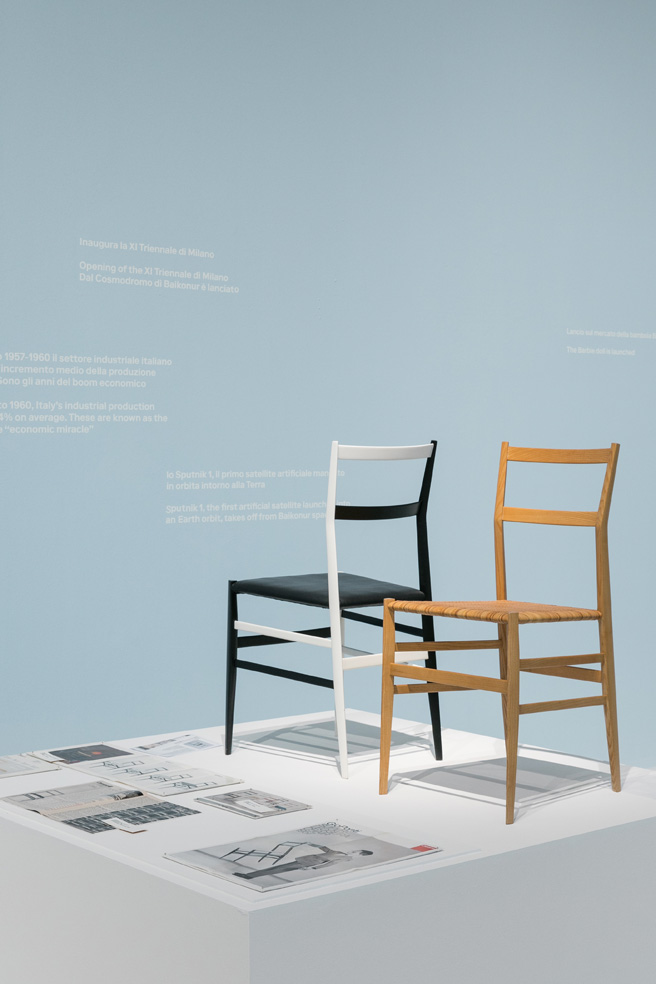
Chairs for the school industry and the Compasso d’Oro award
School construction is also a sector that has allowed for experimentation with technological innovation and design. In 1959, with the need to build 125,000 new schools, the Triennale announced a furniture competition. The Castiglioni brothers, with Luigi Caccia Dominioni, designed several prototypes of desks and chairs for schools. In the same year, the T12 chair, designed by Palini, won the Compasso d’Oro. Among the features that made it interesting were structure, materials, and production technique.
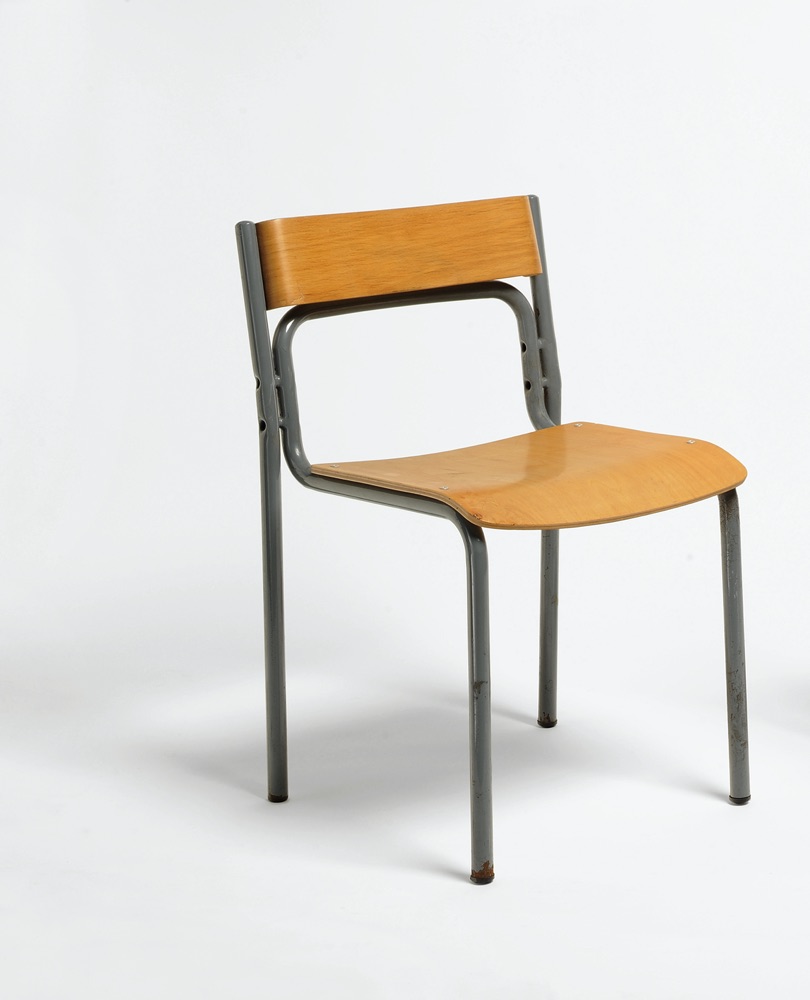
Design and the innovation of plastic
More furniture for schools, but this time in plastic. The small chair K 1340 (later K 4999), a project by Marco Zanuso and Richard Sapper for Kartell, was awarded the Compasso d’Oro 1964 for its innovative industrial features. Made of polyethylene, the kid chair was the first entirely made of plastic, intended for schools. In addition to being light, easy to combine and disassemble, easy to clean, it was also resistant and perfectly expressed the requirements of a material still little used for large-scale production.
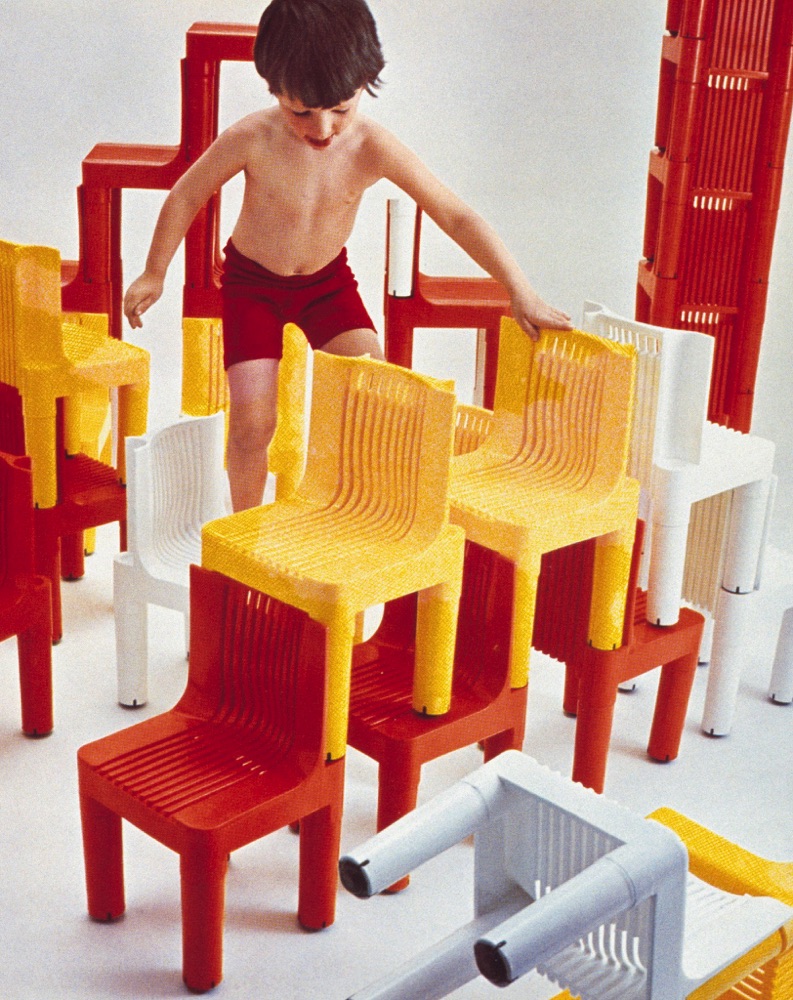
Featured image, Nina Bassoli, photo Aziza Vasco












